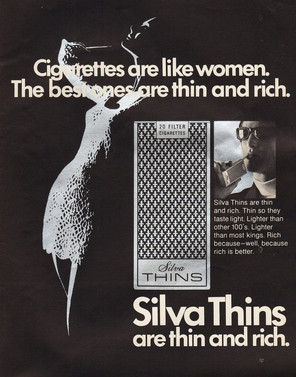Evolution of Women in Advertisements
- janice3408
- Sep 12, 2023
- 2 min read
Updated: Aug 21, 2024
In the 1950s and 1960s, the messaging and products that were advertised to women were designed to pigeonhole them as homemakers and mothers. The products marketed to women included beauty, diet products, and household cleaning products. Advertisements sold their products based on keeping up beauty standards and the patriarchal society that the suburbs brought.
Women are a powerful and independent force in the economy, with women contributing to 37% of the global GDP today. 80% of purchases are made by women, so advertisements had to change to keep up.
In the late 2010’s a big pushback against the unrealistic beauty standards featured in ads for beauty products such as makeup and hair care began. Brands and advertisers pivoted to body positive messaging including more body sizes for models as well as more diversity. A good example of this is the “real curves” Dove ad, where it showed women of many different sizes, races, and body types. Despite the ad initially gaining backlash over the use of photoshop in the ad to erase perceived imperfections of the models, it was an ad that gained traction due to acknowledging that women are beautiful, no matter what they look like. This was a good step forward.
Today, women are more than just the products they buy – women care about the mission and the change companies are trying to implement to make the world a better place. For instance, a major source of women’s empowerment is through the menstrual product sector. Products like menstrual cups and underwear are created by women-led companies like Cora, which donates their profits to spreading menstrual awareness and education. Companies like Dame and Modibodi offer reusable menstrual products for environmental sustainability and comfort.
Women’s advertising continues to evolve as women-led companies rise, and as women gain more rights and economic power. While it is not perfect, the way women and women’s products are marketed has progressed in the right direction, and we don’t see any sign of slowing down.













Comments